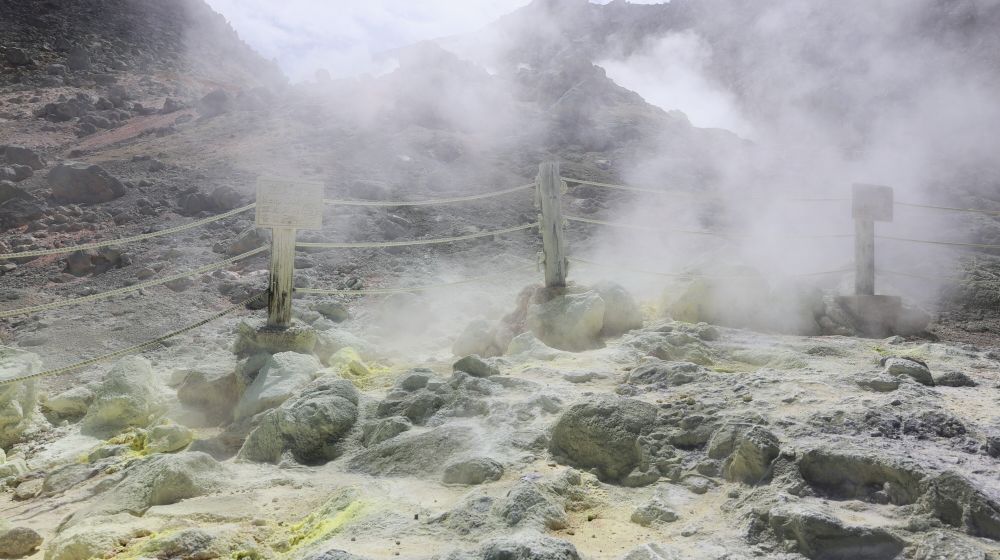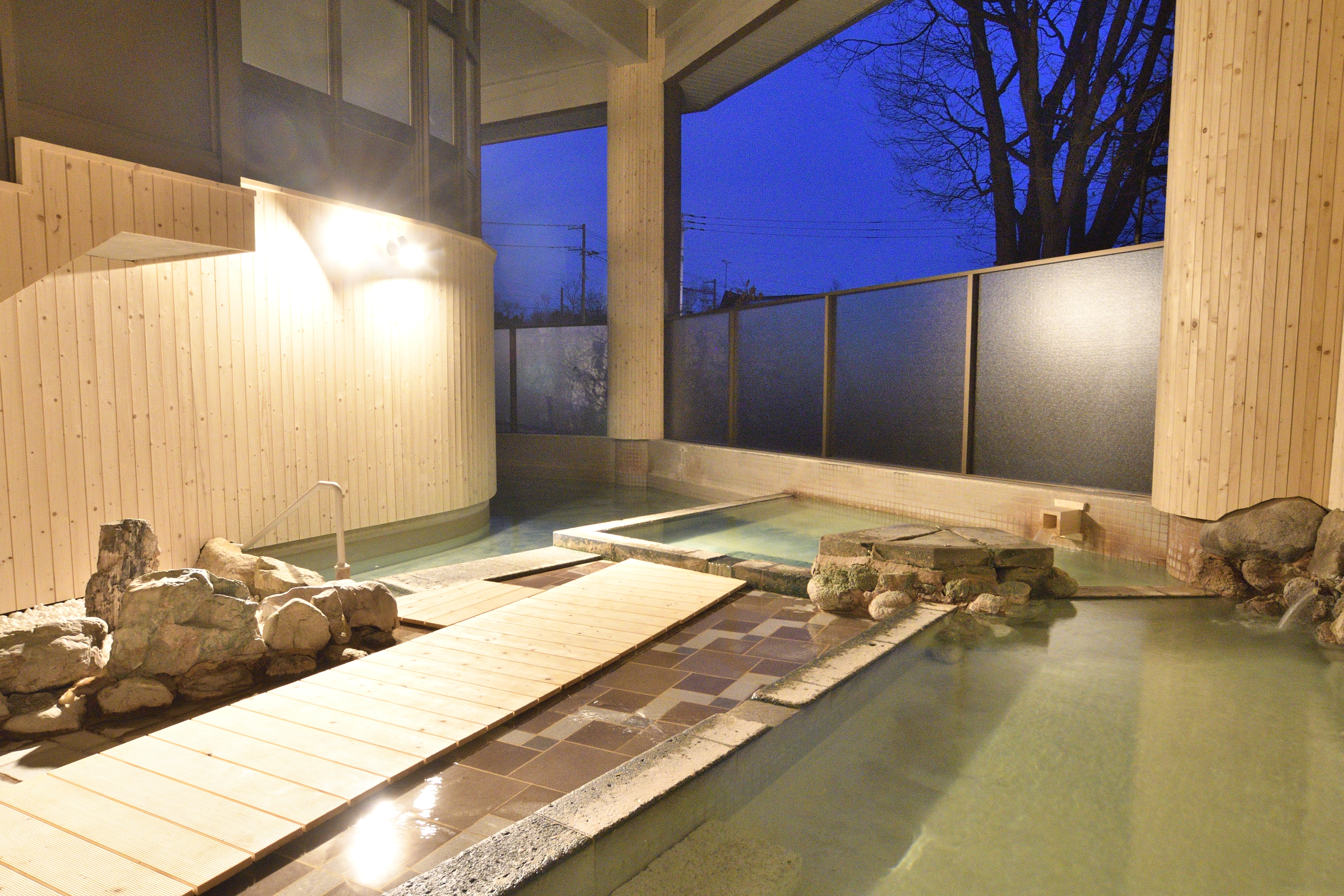
Kinkiyu Hotel
Other Onsens in Hokkaido
Hokkaido
Enjoy plenty of Onsen
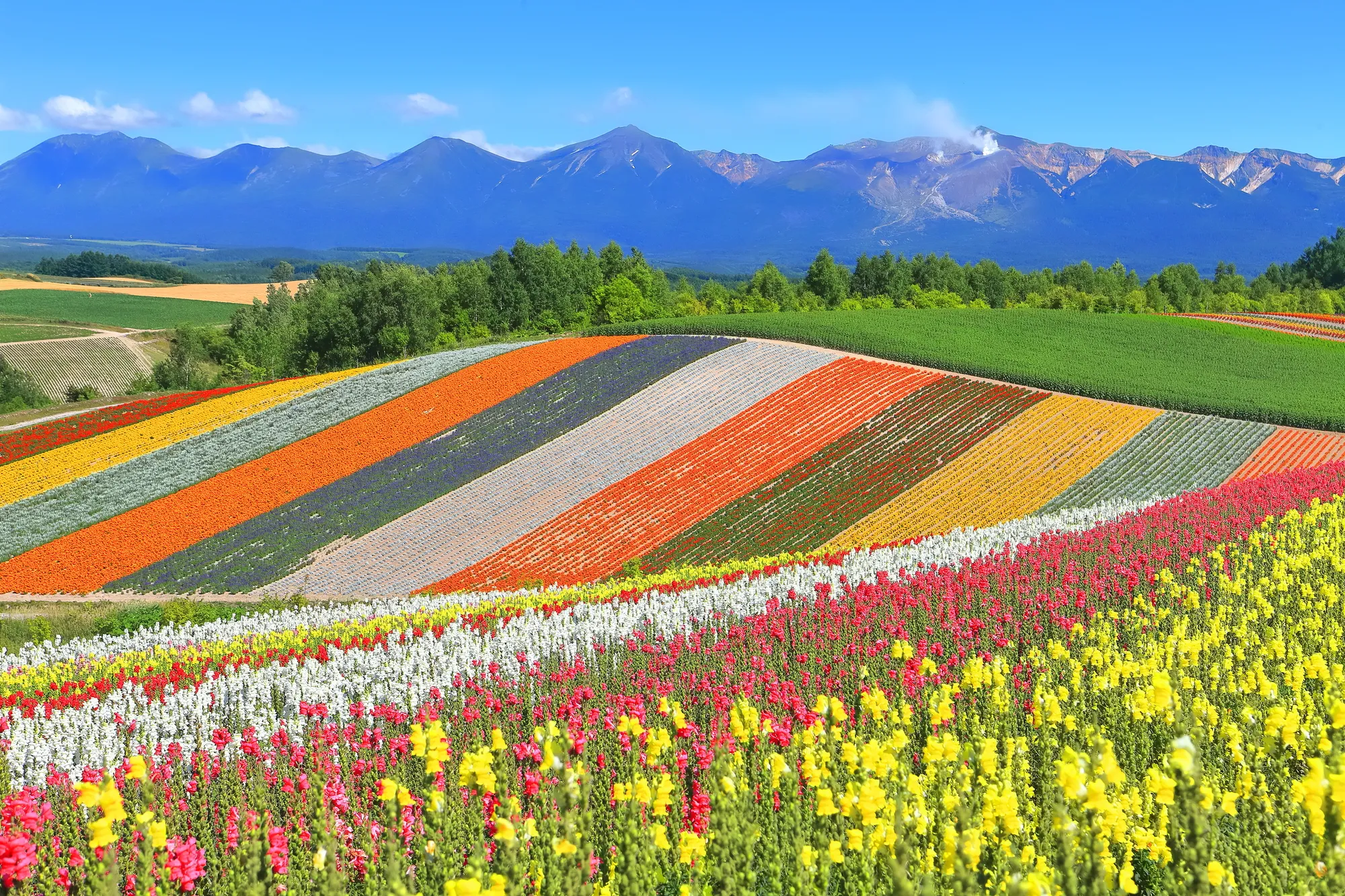
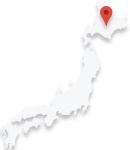
Hokkaido is located at the northern tip of Japan and has a vast area covering 20% of the land area of Japan. The climate is slightly different from that of mainland Japan, and it is cool and low humidity, so it is less affected by the rainy season and typhoons in summer.
In winter, snow can be seen in most areas of Hokkaido, especially on the Sea of Japan side, which is a heavy snowfall area and the cold is severe, but the climate creates beautiful scenery that cannot be seen on the mainland.
Surrounded on all sides by the Pacific Ocean, the Sea of Japan, and the Sea of Okhotsk, the large Hokkaido region is full of rich nature such as majestic mountains, vast wetlands, beautiful natural lakes and marshes, and pure rivers.
For this reason, there are a large number of natural parks designated by the national and provincial governments, and there are various types of sightseeing and resort areas that take advantage of the rich nature, attracting attention and gaining popularity from Japan and abroad.
Industries such as fishing, agriculture, and dairy farming are thriving, and the food processing industry associated with them is also thriving. Due to the characteristics of the region, there are many items that can be said to be a specialty of Hokkaido, which is also one of the tourism resources as a gourmet.
Perhaps because it is an area with many attractions from various angles, it has been ranked No. 1 in the "Prefectural Attractiveness Ranking" for 15 consecutive years.

Hokkaido is located at the northern end of Hokkaido, so there are many airports in Hokkaido. (There are 14 public airfields) and travel by plane, mainly from the mainland.
It is also possible to travel by car or train using the Seikan Tunnel. The Shinkansen is open to Hakodate.
It is relatively easy to move around. (Scheduled to open to Sapporo in 2030) In addition, there are many ports, so when traveling by car, there are many ways to use a ferry and move around Hokkaido in your own car.
You can travel by car, plane, or train. In the Kushiro Marshland, the "SL Winter Marshland" for sightseeing purposes is also running and is gaining popularity.
<Train>
Tokyo→ Hakodate Tohoku Shinkansen 4 hours 30 minutes
<Cars>
Tokyo→Sapporo 16 hours 30 minutes
Tokyo→Hakodate: About 12 hours
<Airplane>
Haneda Airport → New Chitose Airport about 1 hour 40 minutes
Haneda Airport → Kushiro Airport About 2 hours
<Cars>
Sendai→Sapporo 13 hours
<Cars>
Aomori → Hakodate 4 hours
<Ferries>
Aomori Port → Hakodate Port about 4 hours
Hokkaido has a different climate from Honshu, but there are traces of people living there since quite ancient times.
In addition to the current Japan people from the mainland who migrated from the Kuroshio Current and mainland China, there are also many people who came from Siberia across the Sea of Okhotsk. Many Jomon ruins have been found, and since the land was not suitable for rice cultivation in the Yayoi period, it developed into an Ainu culture centered on hunting. During the Nara and Heian periods, it was called Ezoji, and the people who lived there were called Ezo.
In the Edo period, it came under the jurisdiction of the Matsumae Domain, and development progressed in search of marine products and resources. In the Meiji era, settlement spread further, and many people from the mainland (mainly Tohoku and Hokuriku) emigrated in search of a new home.
At the end of the Edo period, Takeshiro Matsuura, who visited Hokkaido to investigate Ainu culture, came into contact with Ainu culture and wrote and published a book about their wonders, and the Ainu people became widely known.
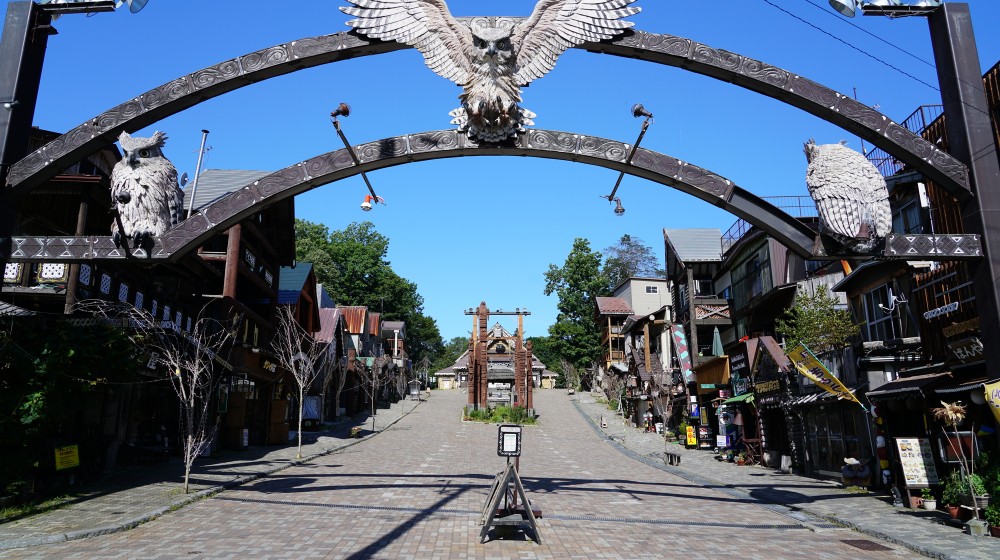
The name Hokkaido was given by Takeshiro Matsuura and was based on the Ainu language. The original kanji is "Kita Kaido", which means "the country of the people who live in the northern land".
Although it is in Japan, there are many Onsens in Hokkaido, where a different culture lives.
Each Onsen has many origins from its discovery in the Edo period, but most of them were already used by the Ainu people. It seems that they used the Onsen area, which naturally springs up naturally to heal fatigue and illness, as a special place, and used it for hunting and daily life.
There are many Onsens that can be enjoyed in the majestic and beautiful nature, and it is a hot spring resort where you can experience something unique to Hokkaido.
It is the most famous Onsen resort in Hokkaido and is always at the top of the rankings.
It is easily accessible from Hakodate and Sapporo, so it is not only easy to access from other areas, but also the variety of Onsen resorts that you can enjoy is also the reason for its popularity.
There are 9 types of Onsens, so much so that it is called a "Onsen department store", and you can enjoy various spring qualities and their effects. The amount of water gushing out is 10,000 tons a day, and the temperature is high, ranging from 40 to 90 degrees Celsius.
In addition, Jigokudani and Mt. Hiwa, where the spring source is located, are still active, and you can see them from the well-maintained promenade. Hot water vapor and volcanic gases erupt violently, and the appearance of cloudy water gushing out is popular because you can feel the state of the earth in action live.
.webp)
It is said that the Onsen was opened in the 5th year of Ansei in the Edo period, but the Kusuri Sanbetsu River, a tributary of the Noboribetsu River where this Onsen town spreads, means "river of medicinal baths" in the Ainu language, suggesting that they have been using it since ancient times. It was designated as a recreation center for wounded and sick soldiers of the Russo-Japanese War, and its name became known throughout the country. Blessed with abundant nature, there are theme parks such as "Bear Ranch" and a fishing port in the immediate vicinity, so you can enjoy seafood.
The quality of the springs is acidic springs, sulfur springs (hydrogen sulfide type), iron-containing springs, sulfate springs (nitrate springs), salt springs (chloride springs), baking soda springs, radium springs, alum springs (aluminum springs), green springs (aluminum springs), and green springs (aluminum springs).
It is said to be effective for dermatitis, skin-beautifying effect, bronchitis, arteriosclerosis, neuralgia, back pain, muscle pain, joint pain, frozen shoulder, motor paralysis, joint stiffness, bruises, sprains, chronic digestive diseases, hemorrhoids, sensitivity to cold, recovery period after illness, fatigue recovery, health promotion, cuts, burns, chronic skin diseases, frail children, chronic women's diseases, high blood pressure, anemia, rheumatism, etc.
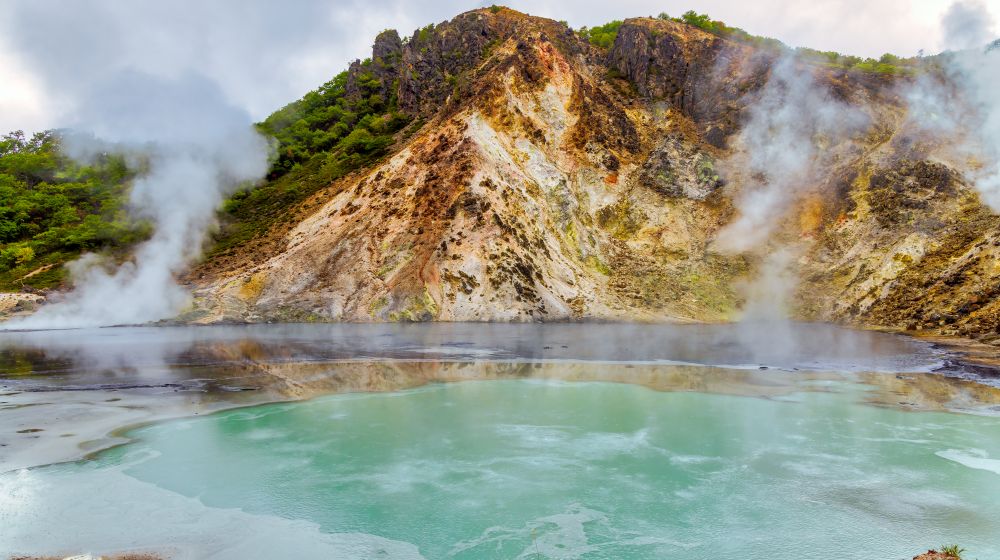
At the Lake Toya Summit held in 2008, Lake Toya became known to the world. It is a caldera lake formed by a volcanic eruption about 110,000 years ago, and there is an island called Nakanoshima in the center of the lake, which can be said to be almost a perfect circle, and it can be seen that this was a crater.
This area is designated as "Shikotsu-Toya National Park", and on the north side of the lake is the beautiful Mt. Yotei, which is also known as Ezo Fuji, and to the southwest there is Showa Shinzan and Mt. Usu which are still active, and it is a Onsen with a beautiful scenery.
Every year from the end of April to the end of October, the "Lake Toya Long Run Fireworks Festival" is held, and the special experience of watching the fireworks while bathing in the Onsens is also attractive.
.webp)
In addition, this area is registered as a "Japan Geopark" and "World Geopark" as Lake Toya Usu Mountain Geopark, and it is a place where you can enjoy the appearance of the active earth together with the Onsens.
In addition, there are various tourist facilities, activities, and historical sites around Lake Toya, so you can enjoy your holiday while enjoying the Onsens without going far.
The quality of the spring is sodium-calcium chloride. It is said to be effective for chronic diseases such as cuts, peripheral circulatory disorders, sensitivity to cold, depressive states, xerosomia of the skin, rheumatoid arthritis, osteoarthritis, low back pain, neuralgia, frozen shoulder, bruises, sprains, sensitivity to cold, peripheral circulatory disorders, decreased gastrointestinal function, mild hypertension, diabetes, sleep disorders, depression, recovery after illness, recovery from fatigue, and health promotion.

It is a Onsen resort with easy access, about an hour's drive from Sapporo, and its opening dates back to the end of the Edo period, and began in the 2nd year of Keio (1866) when the monk Mizumi Sadayama visited this area guided by the Ainu people. Again, it can be seen that the Ainu people were already aware of this source and used it as needed.
This area is designated as "Shikotsu-Toya National Park" like Lake Toya Onsen, and is a place where Lake Shikotsu, which is the same caldera lake as Lake Toya, Mt. Yotei, Mt. Usu, Mt. Tarumae, and the newborn Showa Shinzan gather.
Therefore, it is blessed with abundant springs that can be said to be the blessings of the earth, and is popular as a Onsen resort.
.webp)
If you stretch your legs a little from downtown Sapporo or the nearby ski resorts, you can feel the rich nature, and on top of that, you can relax in the high-quality Onsens, which is a factor that has been popular with many people for a long time.
The quality of the spring is sodium chloride spring. Cuts, peripheral circulatory disorders, sensitivity to cold, depressive state, xerosomia of the skin, rheumatoid arthritis, osteoarthritis, low back pain, neuralgia, frozen shoulder, bruises, sprains and other chronic stages, sensitivity to cold, peripheral circulatory disorders, decreased gastrointestinal function, mild hypertension, diabetes, mild hypercholesterolemia, mild asthma or emphysema, hemorrhoidal pain, autonomic instability, sleep disorder, post-illness convalescence, fatigue recovery, It is said to be effective in improving health.
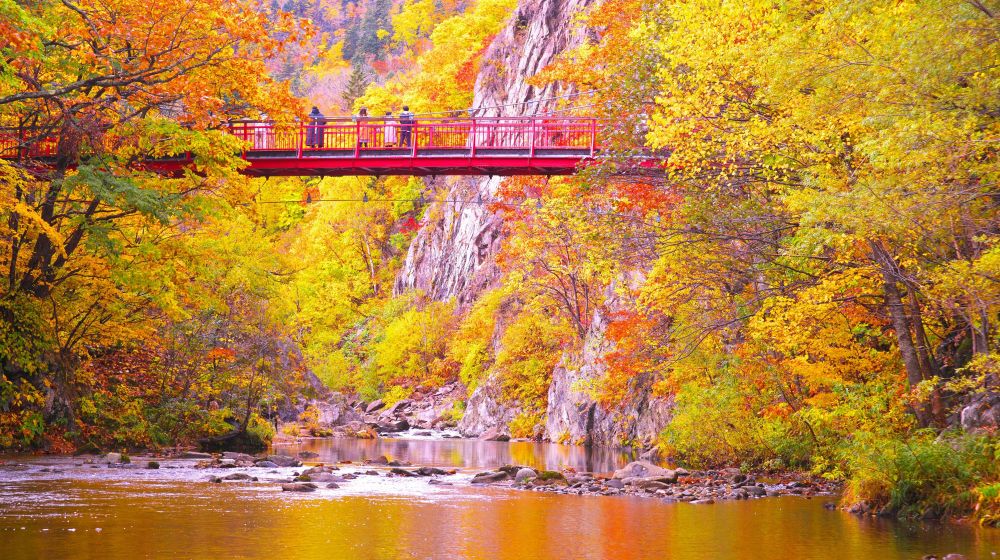
In recent years, Niseko Town has seen an increase in the number of immigrants as well as tourists from overseas. This place is also designated as the "Niseko Shakotan Otaru Kaigan Quasi-National Park", and it is a Onsen town scattered around the three towns of Kutchan Town and Rankoshi Town.
It is a place with Mt. Yotei, which is also known as Ezo Fuji, and the Niseko mountain range, and there are many activity spots that take advantage of its topography and nature.
It is one of the leading leisure spots in Hokkaido where you can enjoy mountain climbing, rafting, canoeing, fishing, etc. in the summer, and skiing and snowboarding in the winter, and you can enjoy it with Onsens.
.webp)
Niseko's name is derived from the Ainu word "Nisekoan", which means "river flowing under a sheer cliff". There are many other mountains in the Niseko mountain range that are directly in the Ainu language, and you can feel the activities of the Ainu people closely, such as Niseko Annupuri, Iwa Onupuri, Nitonupuri, and Chisenupuri, which have the word "nupuri" for mountain.
Most of the springs are sodium chloride springs, and some are bicarbonate and sulfate.
It is said to be effective in cuts, peripheral circulatory disorders, sensitivity to cold, depression, xerosomace, rheumatoid arthritis, osteoarthritis, low back pain, neuralgia, frozen shoulder, bruises, sprains and other chronic stages, sensitivity to cold, peripheral circulatory disorders, decreased gastrointestinal function, mild hypertension, diabetes, mild hypercholesterolemia, mild asthma or emphysema, hemorrhoidal pain, autonomic instability, symptoms due to stress, sleep disorders, recovery from illness, recovery from fatigue, health promotion.
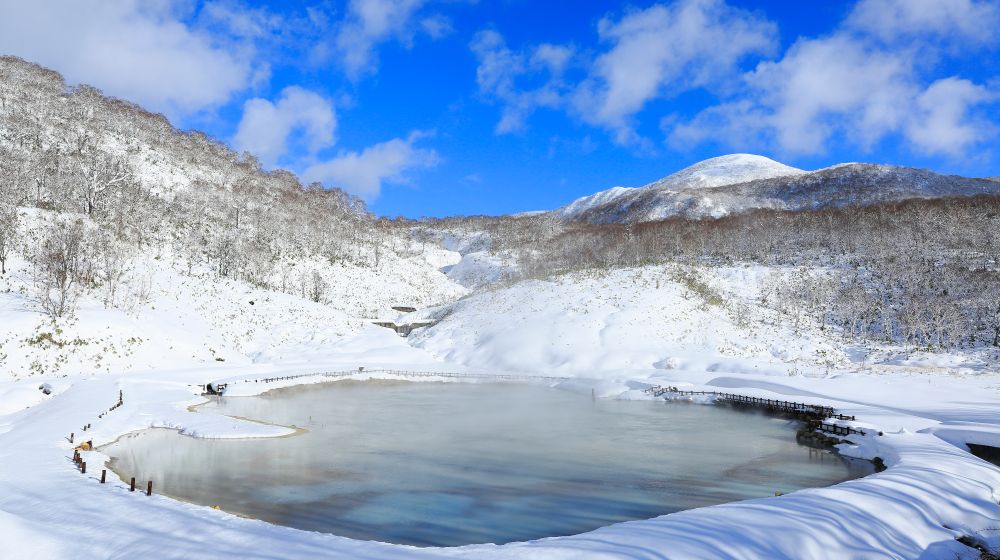
Utoro Onsen is a Onsen located on the coast of the Sea of Okhotsk on the west side of the Shiretoko Peninsula, and is also called Shiretoko Onsen.
It is located near Shiretoko National Park, which became a World Natural Heritage Site in 2005 (there are also some in the park), and if you stretch your legs, you can enjoy the majestic and rich nature.
Shiretoko National Park is full of attractions such as Mt. Rausu, one of the 100 famous mountains of Japan, Oshikoshin Falls, and Shiretoko Gohu.
There are also sightseeing boats from the port, so you can experience nature from the sea.
.webp)
Many of the Onsen facilities are located along the coast, so you can relax and enjoy the feeling of being one with the sea while looking at the sea below. In winter, you can also see drift ice, so drift ice tours are also popular. One of the attractions is that you can enjoy warming up and relaxing your body in the Onsen that has been completely cold on the tour.
The quality of the spring is sodium-chloride and bicarbonate spring.
Cuts, peripheral circulatory disorders, sensitivity to cold, depressive state, xerosomia of the skin, rheumatoid arthritis, osteopathosis, low back pain, neuralgia, frozen shoulder, bruises, sprains and other chronic stages, sensitivity to cold, peripheral circulatory disorders, decreased gastrointestinal function, mild hypertension, diabetes, mild hypercholesterolemia, mild asthma or emphysema, hemorrhoidal pain, autonomic instability, various symptoms due to stress, sleep disturbance, recovery period after illness, recovery from fatigue, It is said to be effective in improving health.
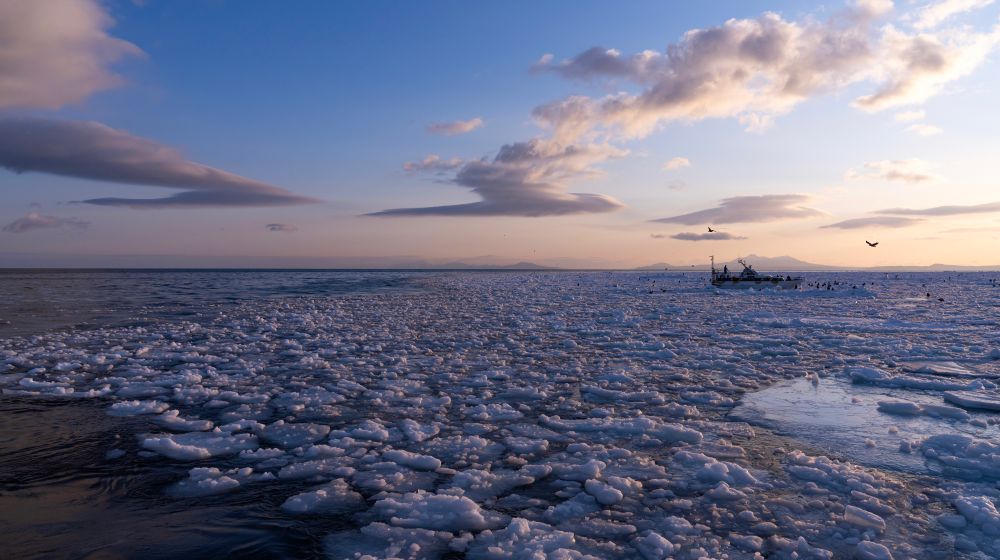
Asahidake Onsen is a Onsen resort located in Daisetsuzan National Park, at the foot of Asahidake, the main peak of Daisetsuzan at an altitude of 2291m.
Even though it is at the foot of the mountain, the altitude of the Onsen area is 1050m, and it is a high-altitude Onsen resort where you can spend a relaxing time while enjoying the scenery that seems to reach the majestic ridge of Mt. Asahidake. It was discovered and opened in the early Taisho period, but it was initially called "Yukomanbetsu Onsen". Yukomanbetsu means "river heading to Onsen" in the Ainu language, suggesting that there have been Onsens in this area since ancient times.
There is no Onsen town in Asahidake Onsen, and there are hotels, inns, and lodges that were built with height restrictions and other scenery in mind.
.webp)
The area where Asahidake Onsen is located is also a sacred place that the Ainu people have called "Kamui Mintara (Garden where the gods play)" and cherished it, and it is popular as a place where you can spend a quiet time away from the hustle and bustle of the city in the majestic virgin forest.
It is also a place where you can enjoy the longest season (November to early May) ski in Japan, so there are plenty of day-trip Onsens where you can stop by on your way home from skiing or mountain climbing.
The quality of the spring is calcium, magnesium, and sodium-sulfate, and it is one of the few springs in Japan. There are also chloride springs.
Cuts, burns, fractures, peripheral circulatory disorders, sensitivity to cold, depressive states, dry skin, rheumatoid arthritis, osteoarthritis, low back pain, neuralgia, frozen shoulder, bruises, sprains and other chronic stages, muscle stiffness in motor paralysis, sensitivity to cold, peripheral circulatory disorders, decreased gastrointestinal function, mild hypertension, (diabetes), mild hypercholesterolemia, mild asthma or emphysema, hemorrhoidal pain, autonomic instability, sleep disorder, post-illness convalescence, It is said to be effective in relieving fatigue and improving health.
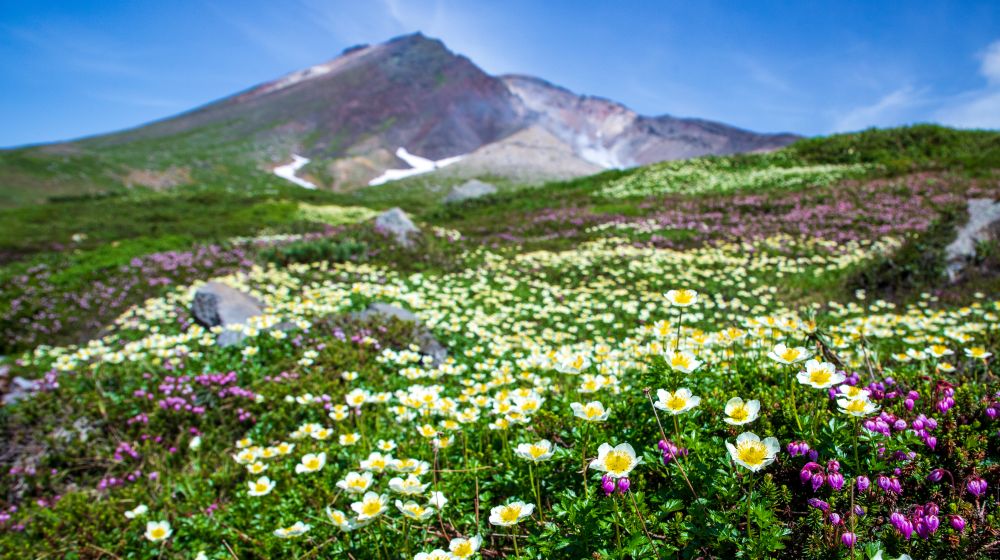
Kawayu Onsen is a Onsen resort located in the Akan Mashu National Park, located between Lake Akan, which is famous for its mysterious scenery, and Lake Mashu. Groundwater heated by the magma of Mt. Iwo, which is still active, flows through the underground bedrock layer and gushes out to the ground, forming a Onsen area. When you step into Kawayu Onsen, you can smell the scent of sulfur, and you can feel its unique quality even before you enter it. The name of the river bath is a literal translation of the Ainu word "seseki (hot) betsu (river)", and in fact, a hot river flows through the Onsen town. As a result, hot water smoke drifts in the Onsen town, creating an atmospheric atmosphere.
.webp)
It seems that this area has been used as a medicinal bath for quite a long time, but as the number of immigrants increased in the Meiji era, it began to be developed as a Onsen resort, and it seems that it was mainly used for medical treatment.
It boasts an abundant amount of hot water, and due to its quality (strongly acidic spring), it is not suitable for circulatory equipment, so all facilities are characterized by the fact that it is a running water.
In addition, there are rare animal habitats such as tancho cranes, elk deer, and northern foxes in the surrounding area, and nature tours are popular along with Onsens.
The spring quality is acidic, sulfur-containing, iron(II)-sodium-sulfate, chloride spring (hydrogen sulfide type), and it is one of the few springs in Japan with a volcanic quality.
It is said to be effective for atopic dermatitis, plaque psoriasis, chronic eczema, epidermal suppuration, rheumatoid arthritis, osteopathosis, low back pain, neuralgia, frozen shoulder, bruises, sprains and other chronic stages, sensitivity to cold, peripheral circulatory disorders, decreased gastrointestinal function, mild hypertension, diabetes, mild hypercholesterolemia, mild asthma or emphysema, hemorrhoidal pain, autonomic instability, sleep disorders, post-illness recovery period, fatigue recovery, and health promotion.
